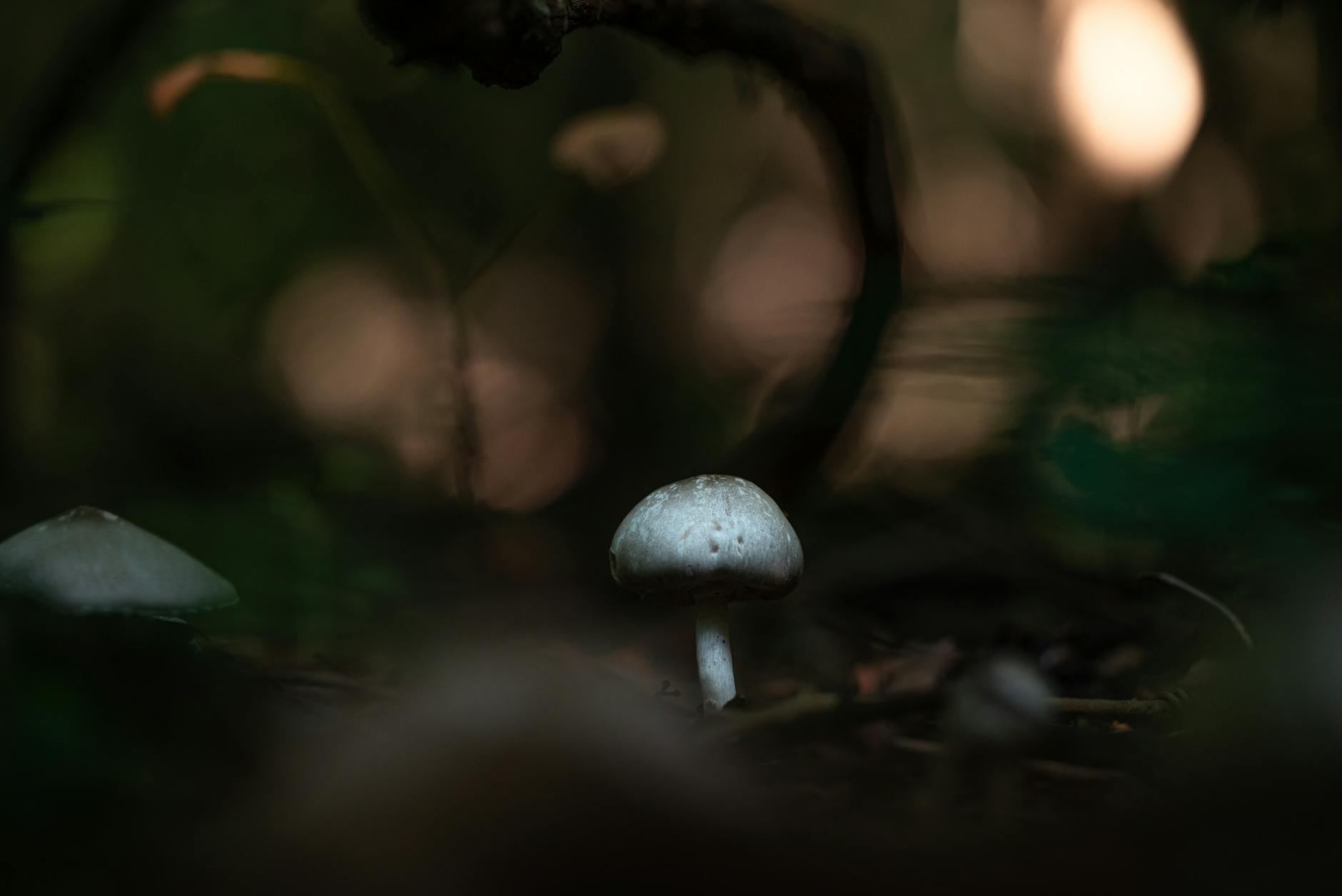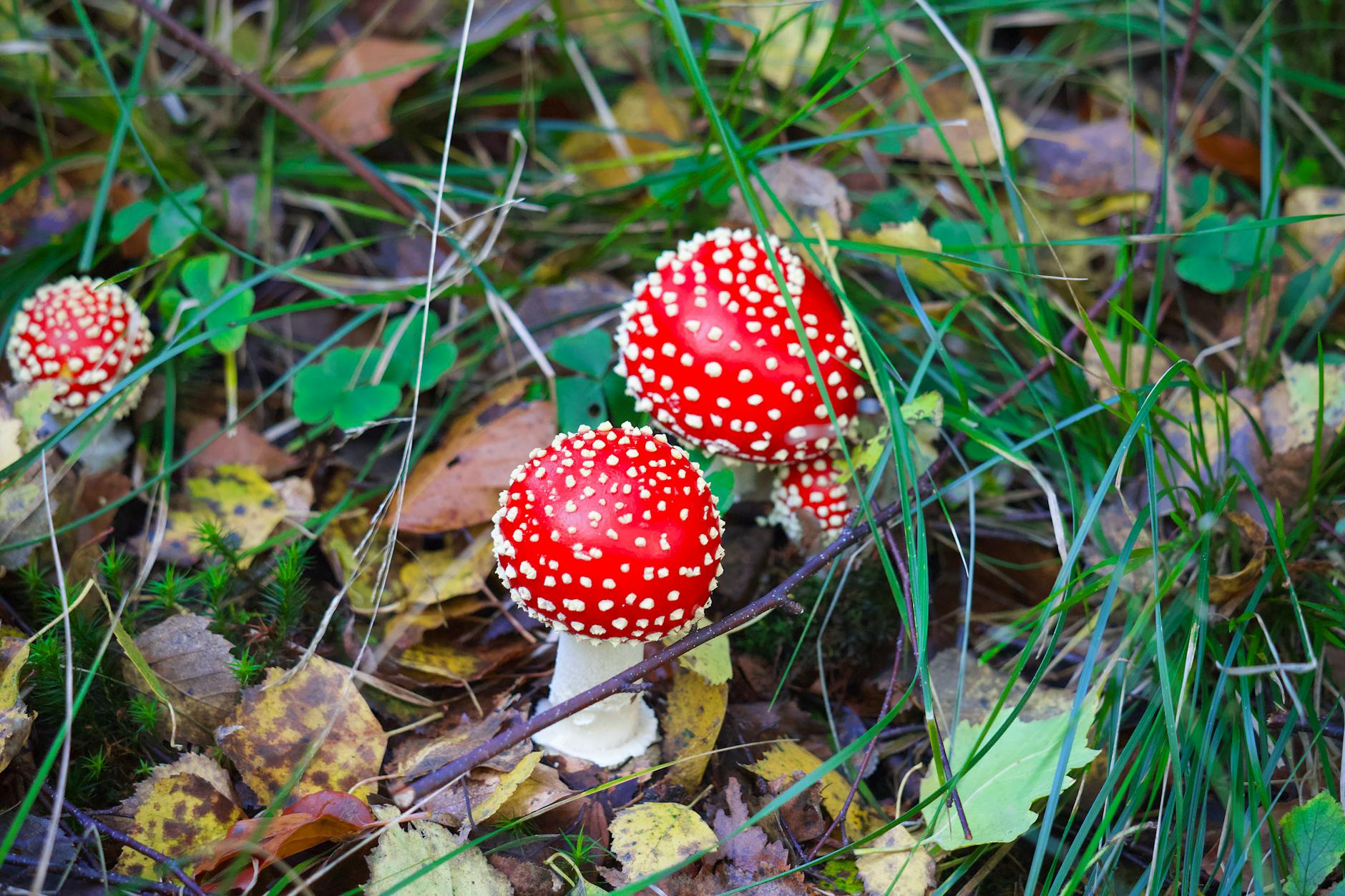Mushroom Foraging Survival Guide: Essential Lessons for Avoiding Poisoning
Mushroom foraging is a popular activity among nature enthusiasts and foodies alike. The thrill of exploring the forest for wild mushrooms can be incredibly rewarding, but it also comes with risks. One of the main concerns when foraging for mushrooms is the potential of picking and consuming poisonous varieties. To ensure a safe and enjoyable foraging experience, it is essential to be well-informed and equipped with the knowledge of how to identify safe mushrooms from toxic ones. This guide will provide you with the essential lessons for avoiding mushroom poisoning and enjoying a successful foraging adventure.
The Importance of Proper Identification
Proper identification of mushrooms is the cornerstone of safe foraging. Many edible mushrooms have toxic look-alikes, making it crucial to accurately identify each specimen before consumption. It is essential to familiarize yourself with the characteristics of the mushrooms you intend to forage. This includes studying their shape, color, size, texture, and where they are typically found. Consider investing in a reliable field guide or joining a mushroom identification class to enhance your knowledge and sharpen your foraging skills.
Understanding Toxic Mushrooms
While some toxic mushrooms may exhibit obvious warning signs such as bright colors or distinct odors, others can closely resemble edible varieties. Some of the most common toxic mushrooms include the Amanita species, which are responsible for the majority of mushroom-related fatalities. Poisonous mushrooms can cause a range of symptoms, from gastrointestinal discomfort to organ failure, so it is crucial to approach foraging with caution and respect for the potential dangers.
Foraging Best Practices
When foraging for mushrooms, it is essential to follow best practices to reduce the risk of poisoning. Start by foraging with an experienced guide or joining a local mycological society to learn from seasoned foragers. Always carry a reliable mushroom guidebook, a sharp knife for harvesting, and a basket to collect your finds. Avoid consuming any mushroom unless you are 100% certain of its identity, and never consume mushrooms raw as cooking can reduce the toxicity of some species.
Safety Tips for Mushroom Foraging
1. Know Your Environment: Research the types of mushrooms that grow in your area and be mindful of potential toxic species.
2. Start Slowly: Begin by learning to identify a few common edible mushrooms before expanding your foraging repertoire.
3. Consult Experts: When in doubt, seek guidance from experienced foragers, mycologists, or mushroom clubs to confirm the safety of a mushroom.
4. Be Cautious with New Finds: Approach unfamiliar mushrooms with skepticism and consider consulting multiple sources to verify their identity.
Conclusion
Mushroom foraging can be a delightful and rewarding experience, but it is essential to prioritize safety and education to avoid the risks of mushroom poisoning. By familiarizing yourself with safe mushroom identification practices, understanding the characteristics of toxic mushrooms, and following foraging best practices, you can enjoy the bounties of nature without the fear of ingesting harmful fungi. Remember, when in doubt, it’s best to err on the side of caution and leave uncertain mushrooms in the wild. Happy foraging!


